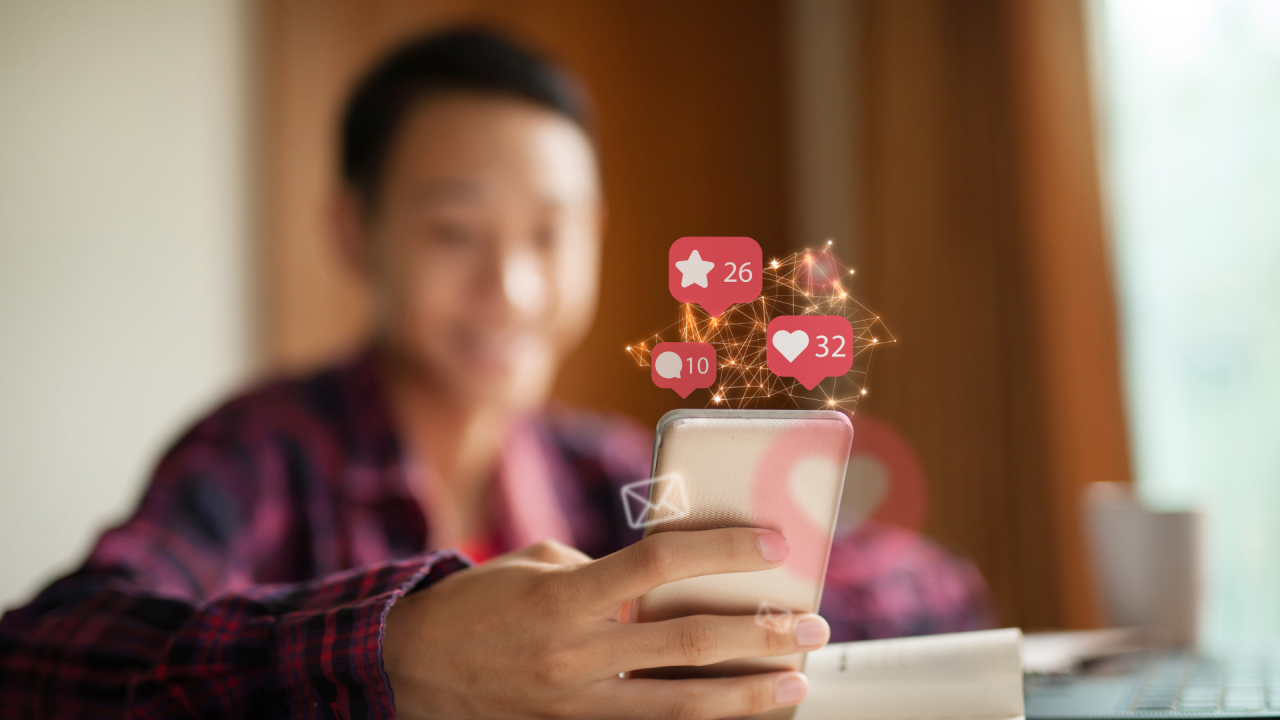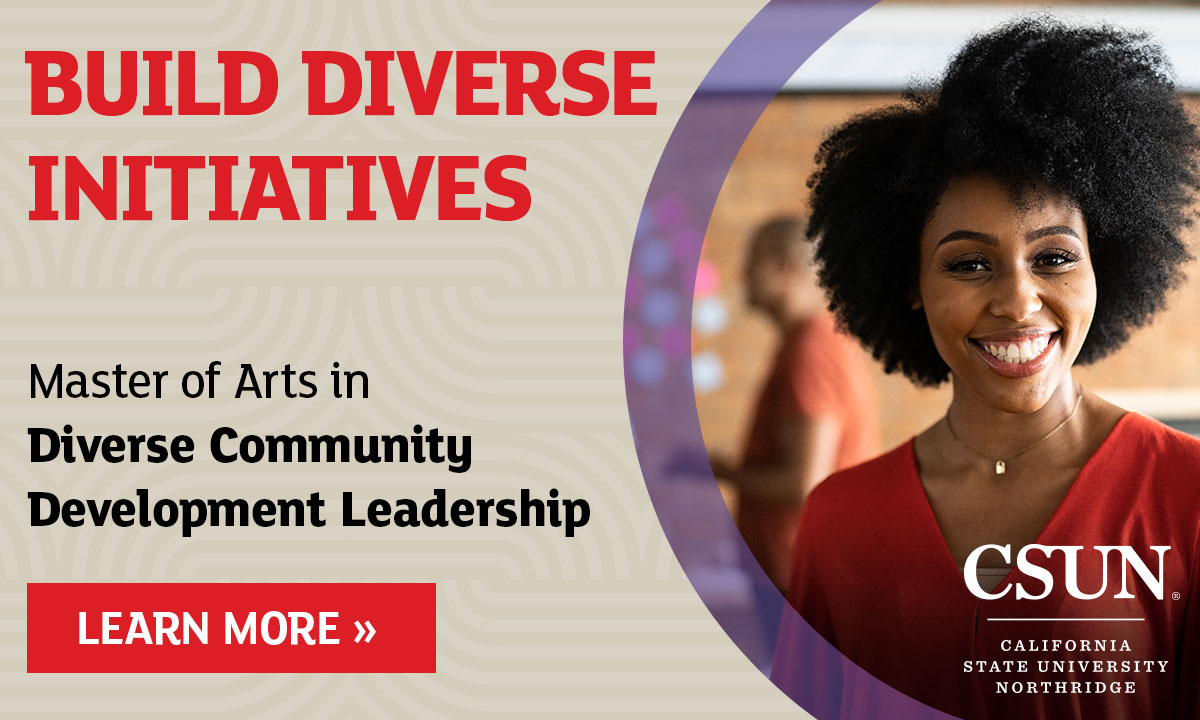Your Fundraising Campaign Will Never Succeed If You Overlook This Key Step

Running a successful fundraising campaign can be a game changer for small, local nonprofits. But as you put together your next big appeal or annual fundraiser, there’s one crucial step that can make or break your efforts. Unfortunately, it’s a step that many nonprofits overlook in their campaign planning: Telling a compelling, authentic story.
Why Storytelling Matters in Fundraising
In the crowded nonprofit space, donors are often faced with multiple organizations vying for their support. What sets your campaign apart isn’t just a strong call to action or a polished email—it’s the story you tell about your work, the people you serve, and the impact donors can have.
Donors are more likely to give when they feel emotionally connected to your mission. Facts and figures are important, but it’s the stories of real people—those whose lives have been changed through your work—that will resonate on a deeper level.
The Key Step: Building an Emotional Connection Through Storytelling
If you want your fundraising campaign to truly succeed, here’s what you need to do:
- Identify a Compelling Story: The most impactful stories focus on individuals or communities that your nonprofit has directly helped. Rather than discussing your organization’s achievements, zoom in on the personal transformation of someone you’ve served.
- Make It Relatable: People give to people, not causes. Your story should evoke empathy and create a sense of urgency that drives donors to act. For example, instead of just saying your nonprofit provides meals to families in need, share the journey of a specific family who overcame hardship thanks to the support they received.
- Connect the Story to the Donor: Clearly show how donations played a direct role in the positive outcome of your story. Then, explain how continued support will allow your organization to replicate that success for others. Donors want to know that their contribution matters.
- Incorporate Visuals: Complement your written story with photos or videos. A well-produced video of the individual’s story or candid shots of your nonprofit in action can create a much stronger emotional response than words alone.
- Spread the Story Across Multiple Channels: Once you’ve crafted your story, don’t just include it in your email appeal. Share it on social media, your website, and in newsletters. Consider encouraging your supporters to share it with their own networks.
Real-World Example: The Power of Storytelling in Action
One nonprofit that saw great success by leveraging storytelling is Elliott Advocacy. Founded in 2018 as an outgrowth of advocacy journalism, Elliott Advocacy needed a platform where individuals could provide feedback on the organization’s performance. As a newly established entity, the nonprofit wanted to uncover opportunities for growth and showcase its achievements through firsthand accounts from beneficiaries who received its services.
– Christopher Elliott, Founder of Elliott Advocacy
“We were interested in GreatNonprofits because it seemed more personal and curated than other review platforms. We didn’t just want to be a number.”
GreatNonprofits’ platform gave Elliott Advocacy a simple, user-friendly way to capture user feedback and demonstrate its effectiveness. The organization incorporated the review process into its workflow, inviting clients to provide feedback at the conclusion of their cases. This transparency built trust, a critical factor for a nonprofit focused on consumer advocacy.
Over the past five years, Elliott Advocacy has received more than 500 reviews and 19,000 page views on GreatNonprofits. The exposure on the platform has contributed to a steady rise in cases, growing by about 10% year over year, further proving the power of sharing authentic stories.
Practical Steps to Start Implementing Storytelling in Your Campaign
- Gather Testimonials: Talk to the people your nonprofit has helped and ask for their permission to share their stories. Their personal experiences are far more persuasive than generic statements.
- Work with Your Team: Involve staff, volunteers, and even board members in identifying strong narratives. They often have first-hand stories that are perfect for fundraising.
- Refine Your Messaging: Keep your message clear and focused. Make sure every piece of your campaign—whether it’s an email, social post, or event speech—ties back to your central story.
Don’t let your fundraising campaign fall short by overlooking the power of storytelling. By focusing on crafting authentic, emotional narratives that highlight your nonprofit’s impact, you can connect with donors on a deeper level, inspire them to take action, and ultimately boost the success of your campaign.
Ready to build a connection with your donors? Start gathering reviews today and share your nonprofit’s impact with the world.




















